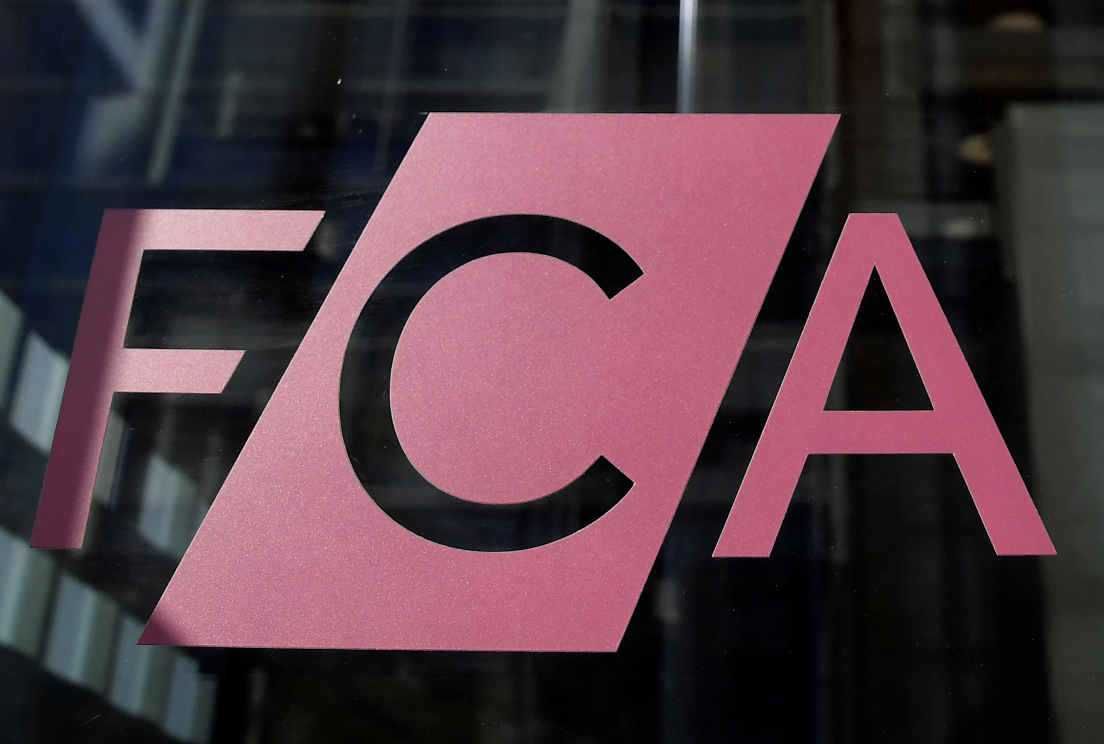Cushman & Wakefield Finds Decarbonizing Existing Real Estate Vital to Addressing Climate Change

C&W Green Buildings assessment tool to enable real estate owners and investors worldwide to reduce carbon emissions.
Commercial real estate services leader Cushman & Wakefield (NYSE: CWK) has defined the global business case for net-zero buildings, finding that retrofitting existing property to be energy efficient can help reduce carbon emissions.
Based on estimations that approximately 80% of the buildings that will exist in 2050 already have been built, Cushman & Wakefield’s research – which analyzed one million assets that totaled 6.6 billion square meters across 143 countries – shows that the reduction of carbon emissions is a vital component to preventing irreversible climate change. The firm’s analysis shows the cost to decarbonize the global real estate market to be approximately $18 trillion. Addressing decarbonization would see the commercial real estate industry achieve 6.2 gigatons, or 75%, of carbon reduction annually.
See related articles: Cushman & Wakefield Among First Group of Companies to Have Net Zero Target Approved by the Science Based Targets initiative, Despina Katsikais of Cushman Wakefield & Rachel Hodgdon of IWBI Putting “H” Health Humanity into ESG
“Not only is decarbonizing existing real estate essential to addressing climate impact, but it also offers an environmentally responsible way to reduce the cost of owning and managing commercial property,” said John Forrester, CEO, Cushman & Wakefield. “As building regulations for energy consumption and emissions rightly become more stringent, needs to reduce or offset carbon emissions will increase. Cushman & Wakefield aims to empower our clients to increase energy efficiency with economic and social benefits for their investments, businesses and communities.”
To enable this essential change, Cushman & Wakefield has launched C&W Green Buildings, a proprietary digital software assessment tool that identifies custom decarbonization, retrofitting and cost savings opportunities for real estate investors and owners. Created through an exclusive partnership with CFP Green Buildings (CFP), a consultancy with a mission of making buildings and homes more sustainable, the tool offers Cushman & Wakefield clients a fast, cost-effective, accurate and auditable way to estimate energy consumption and create a roadmap to greener real estate assets.
The C&W Green Buildings tool filters 120 building characteristics to assess current carbon emissions and energy efficiency at a property. From country, climate and location to the cost of energy, materials, labor, local emission factors, carbon prices, building age, size and more, the tool uses the data to advise clients on improvement opportunities to reduce the environmental footprints of their real estate portfolios. The tool is now being rolled out in markets within North America, Europe and Asia Pacific.
“CFP has an unwavering commitment to reduce carbon emissions profitably and at scale through actionable insights,” said Mr. Bram Adema, CEO at CFP Green Buildings. “Our digital tool has enabled large, decentralized institutions around the world to make data-informed decisions that are lessening energy consumption. We are delighted to build on this success with Cushman & Wakefield’s data and world-class clients.”
To learn about Cushman & Wakefield’s approach to sustainability, please visit our website.
Source: Cushman & Wakefield






